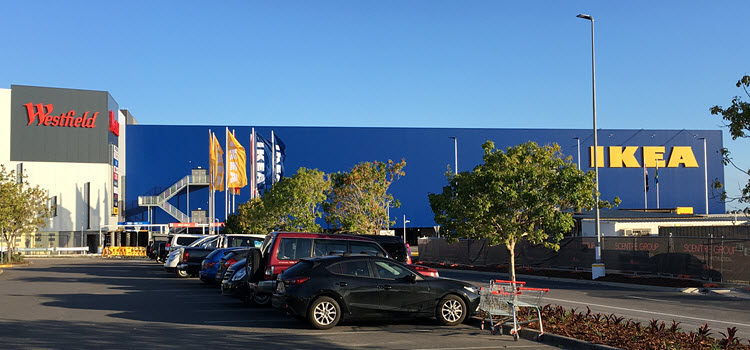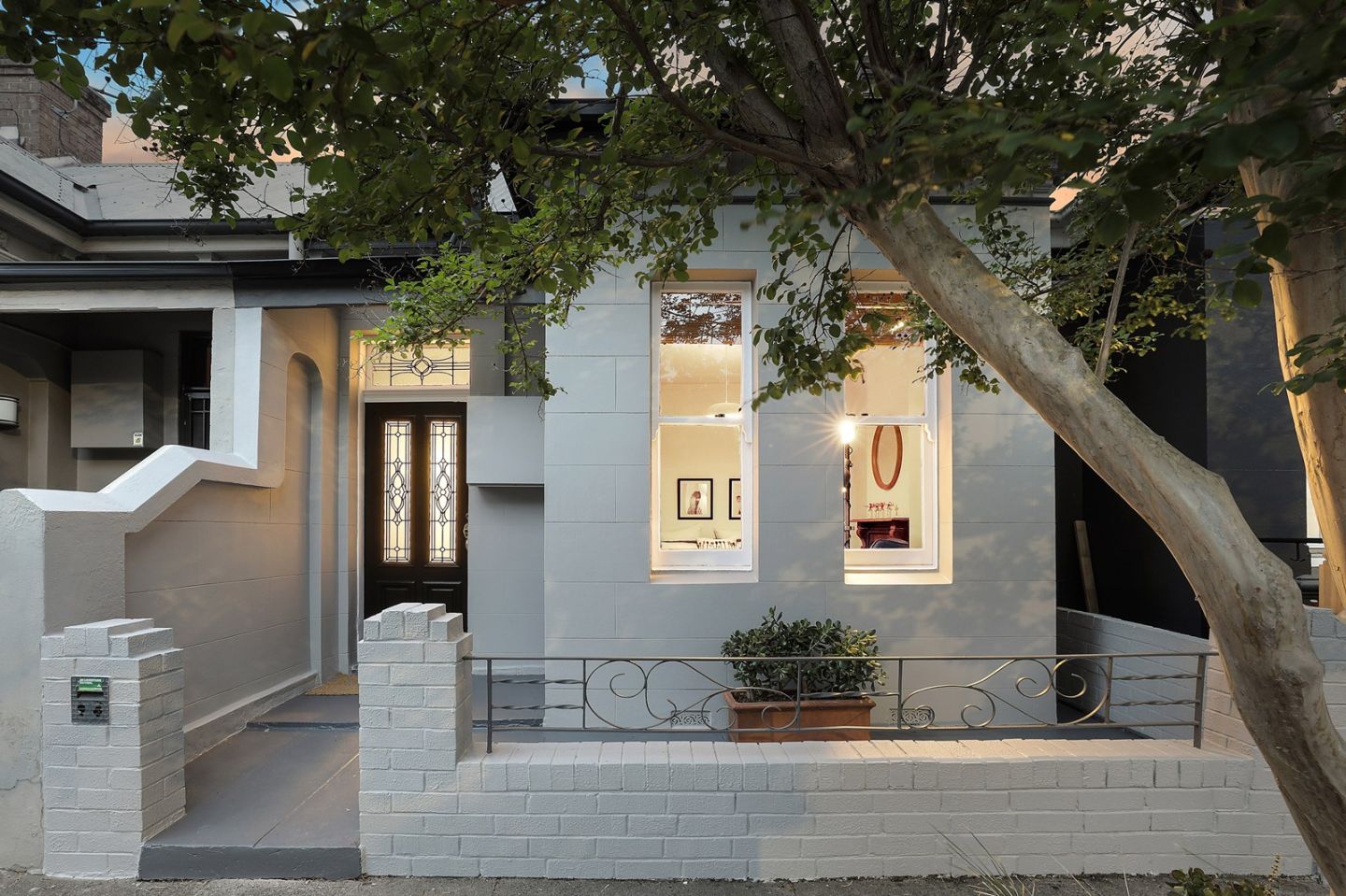Smaller blocks, larger price tags: why Aussies are opting out of the big backyard
When you picture the traditional Aussie home, it’s hard to go past the image of a quarter-acre block, complete with Hills Hoist, barbecue and 2.5 kids running around a big backyard.
However, this image is already a distant memory for many Australians, as we see a growing demand for smaller block sizes which offer a variety of housing types – a demand driven largely by affordability.
According to the 2017 national land survey (State of the Land) report from the UDIA, the strong trend over the last decade for smaller block sizes continues. The survey found that in 2016, Australia’s national median lot size decreased by over 10% in only two years.
At the same time, lot prices have increased; the national median price per sqm ($602) in 2016 was 20% higher than only two years earlier.


The trend of smaller lots with higher price tags: National median lot sizes and selling prices since 2001 – Source: CoreLogic
Activity Centres
While affordability continues to be a major driver for the smaller block sizes of new housing developments, another reason why people are choosing smaller blocks has a lot to do with changing lifestyle needs.
“Once upon a time, the general trend was that you’d get more land the further you went beyond the CBD. But now, this theory is changing. What we’re also seeing now is multiple suburban ‘activity centres,’ as we are no longer ‘CBD-centric.’ Residential developments built around these activity centres are not only smaller block sizes than what was on offer in the past, but they also comprise of a variety of housing types – i.e. not just houses, but also apartments or townhouses as well,” said Ironfish Head of Property, William Mitchell.
“In the same way people are happy to compromise on space to enjoy the lifestyle, time and convenience benefits of living closer to the CBD, we’re now seeing the same thing happening in suburban activity centres as well.”
North Lakes, a suburb approximately 30km from Brisbane city centre, is one such example. The area is built around the key activity centre of Westfield, Costco, Ikea, and includes a major business park.

“A townhouse close to Westfield North Lakes costs about $500,000. You could buy a house and land package for around the same price about 5 kilometres away, but people value the proximity to shops, services and jobs, and will pay a premium for this convenience,” Mr Mitchell said.
Marsden Park, located 50km north-west of Sydney is another such activity centre which has been developed with new residential and commercial areas incorporating the new Sydney Business Park, Ikea, Bunnings, Lindt and Woollies. Residential developments incorporate a mix of house and land, as well as medium density housing such as townhouses.
The rise and rise of townhouses
According to a recent report from Knight Frank, townhouse development site sales doubled for a second year in the last financial year, as demand for medium density housing has grown faster than apartments or detached houses.
Affordability was likely to continue to drive demand for townhouse-type dwellings nationally, particularly from suburban downsizers who wanted to sell their family house but stay in a familiar area in a low-maintenance dwelling, Knight Frank says.
In Adelaide, smaller block sizes have been common for some time. The need for smaller and diverse accommodation options is actually a feature of the State Government’s 30 Year Plan for Adelaide, with the additional local driver being the shrinking size of South Australian households.
“We need to cater for a broad range of age groups and lifestyles with a more diverse range of housing choices. Within Greater Adelaide, the trend towards more single and two-person households means there is the need for more units, apartments and terrace housing in accessible locations. More diverse housing will give our population the chance to live in safer, more comfortable housing while offering first home buyers the best chance to own their own homes in the places they want to live,” the Plan states.
Some of these ‘accessible locations’ include redeveloped inner city and outer metropolitan brown field sites such as Starfish Developments’ Hamilton Hill project.

Hamilton Hill, Adelaide
Hamilton Hill is a master-planned community that corresponds to the trend for diverse home choices and smaller living spaces, including provision for affordable housing. The site sits within a designated redevelopment zone stipulated by the state government, at 8km outside the Adelaide CBD and is close to good local schools, walking trails, transport and amenities. It incorporates house and land, townhouses and apartments.
“Demand for our townhouses has been strong, typically from young couples and downsizers, with singles and older couples also opting for the first of two apartment blocks to be built. People need a little more persuading to buy land only, as there’s more effort involved unless you have a package deal and it’s harder for them to imagine what their ultimate home will look like. The smaller block sizes offer great value for money, with the option to build up and the associated benefit of gaining great views of the city and surrounding countryside,” said Starfish Developments Managing Director, Damon Nagel.
The 80sqm block
Earlier this year, Perth made the news for having the smallest green title lots approved in WA so far. Eleven 80sqm blocks of land were offered for sale in the Perth suburb of Ellenbrook.
The ‘micro-blocks’ garnered much debate about the relative pros and cons of living on such a small block, and yet, this type of medium density housing has a long history in Australian capital cities. Take the Sydney suburb of Newtown, for example. Last weekend, this 3-bedroom terrace on a 111sqm lot sold for over $1.4 million.

“There are many Australians who love living in their Newtown or Paddington terrace in inner-city Sydney – on these very small blocks. But of course, the benefit of living in a new property on a small block means you can enjoy contemporary design, lifestyle and sustainability features. And you’re not limited by the heritage constraints of terraces, if you decide you want to renovate or extend down the track,” said Mr Mitchell.
According to figures from the 2017 State of the Land report, Perth has the smallest median block size in Australia, at 375 sqm, followed by Sydney at 396 sqm, Melbourne at 400sqm, Adelaide at 413sqm and South East Queensland as a whole, coming in at 471sqm.
“Sydney has the most expensive land, at a median advertised price of $465,000. The next most expensive lots are in South East Queensland. Melbourne, where the median lot price is just $237,000 remains one of the nation’s most affordable markets, despite an 11% price hike in the past year. Not surprisingly it is also the most active market. Most affordable of all are lots in Adelaide, where the median price is just $166,000 and Perth [at $229,000],” the UDIA report states.
So who wants to live on a small block?
A buyer of one of Perth’s 80sqm block homes says the small block didn’t worry her as the home itself was big enough for her and any visitors, and the absence of strata fees was a bonus.
“I was looking for something affordable because I just wanted to get into the market but with a single income it wasn’t usually enough,” the 26-year-old customer education manager said. “For someone like me who is single I don’t have that much energy trying to maintain a home, especially on the external side.”
At Ironfish, we agree that smaller blocks will continue to have great appeal. Buyers are starting to realise that land size isn’t as important as what you can fit on that land. A large home with a small, low maintenance courtyard is exactly what lots of people are looking for.
If you would like to learn more about emerging market trends in the 5 major cities of Sydney, Melbourne, Brisbane, Adelaide and Perth, please book your seat at our next property investment seminar in your city or download our My Market outlook report.